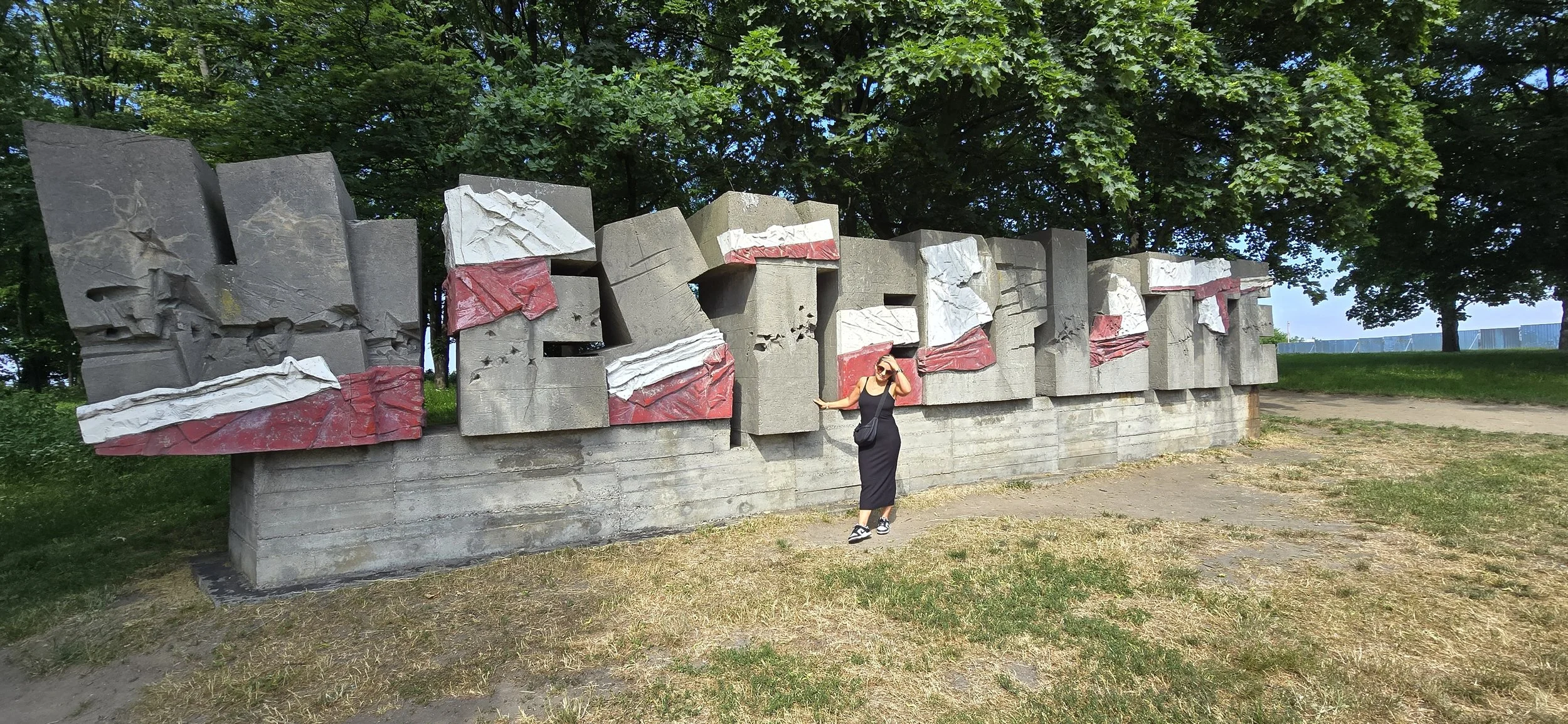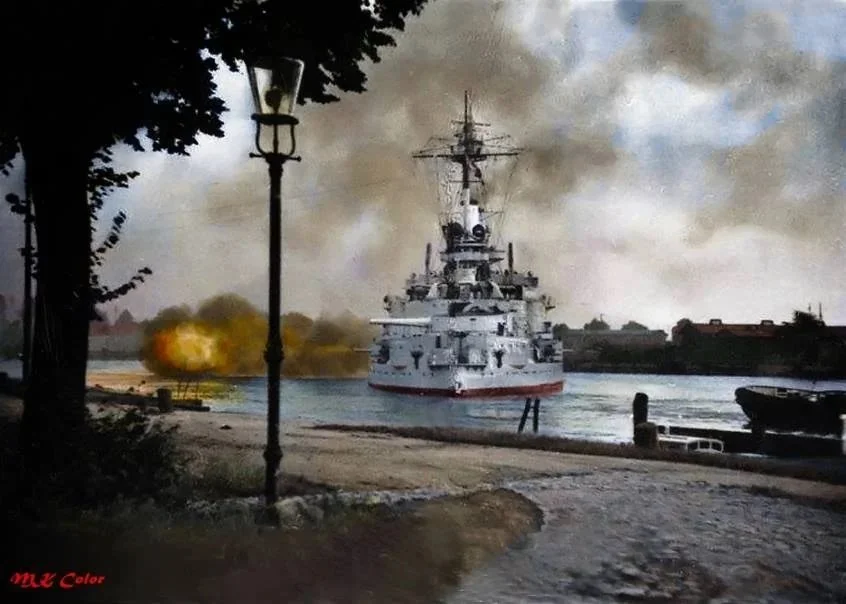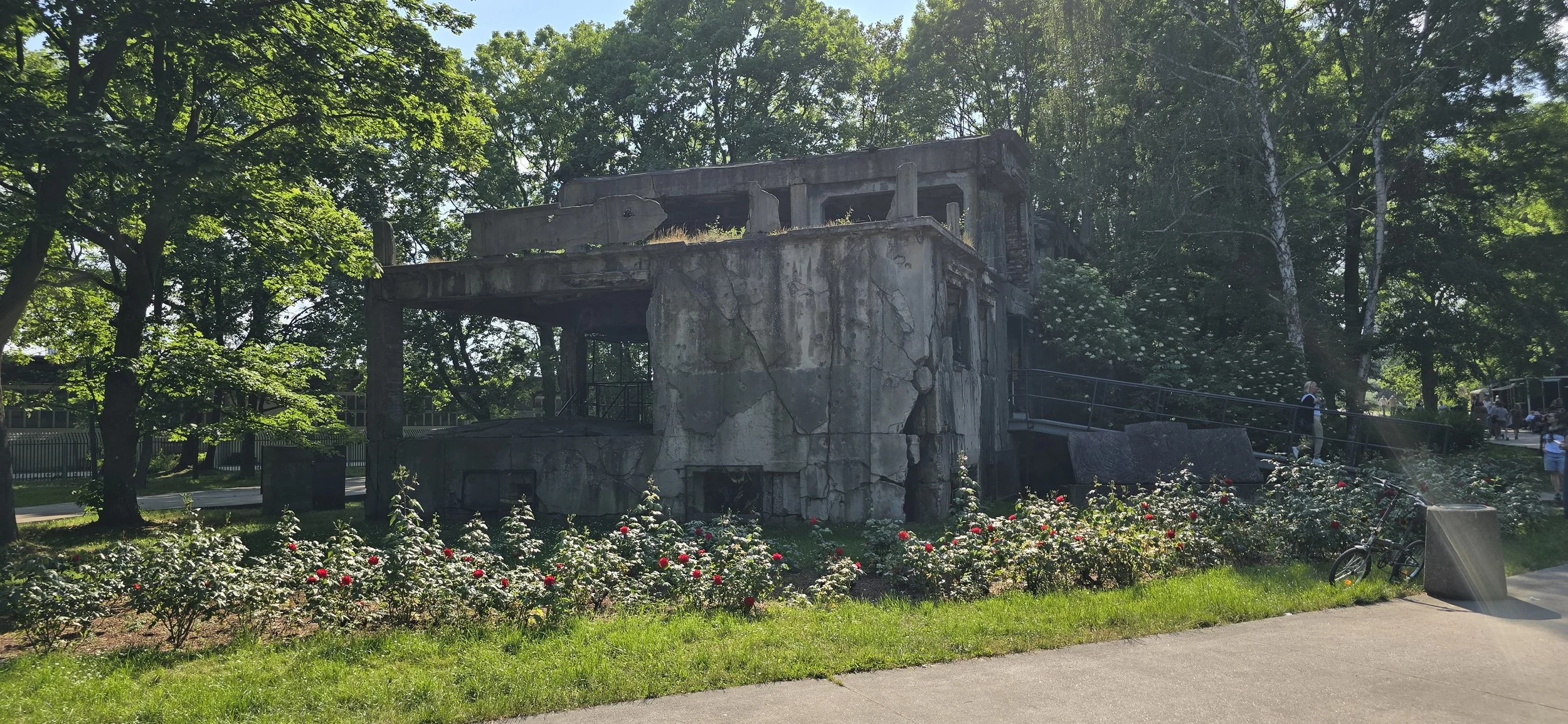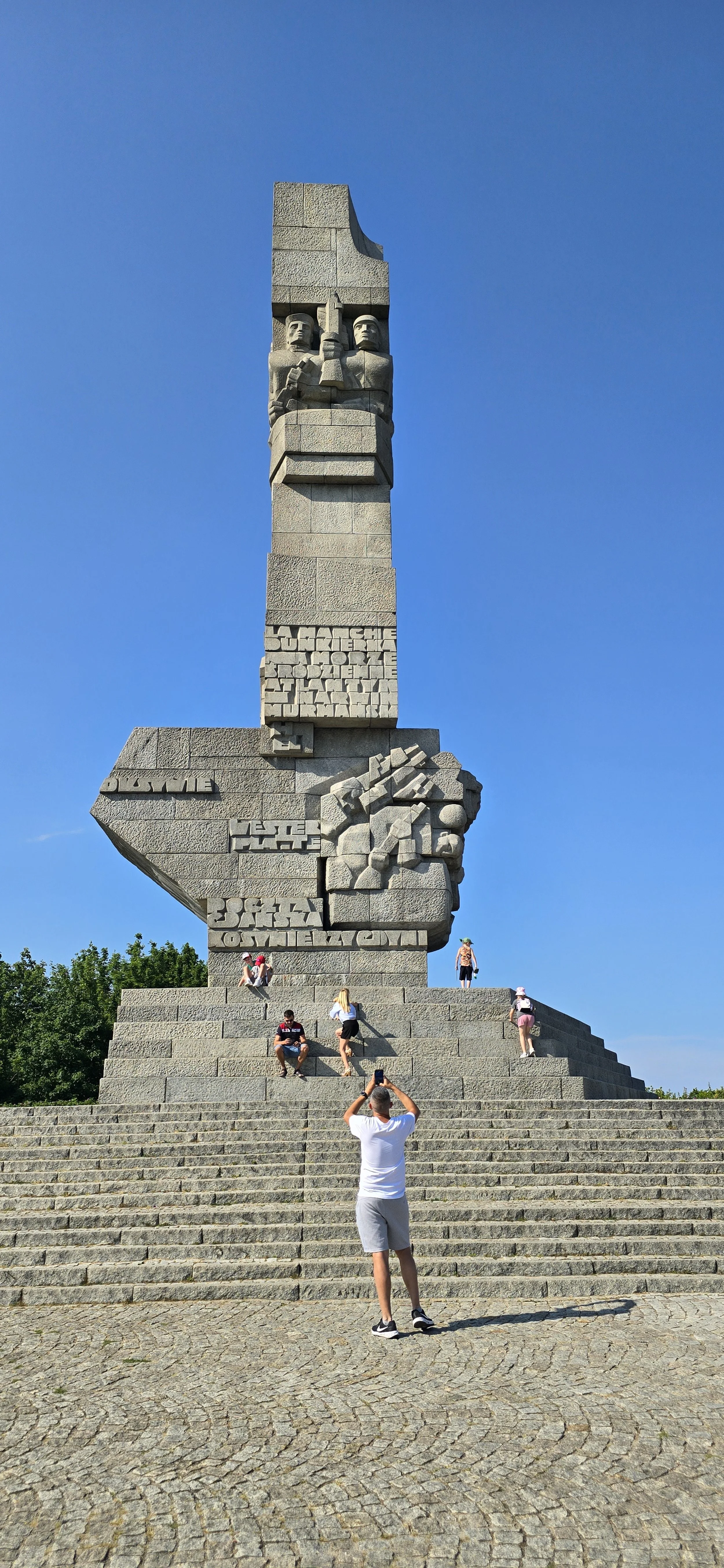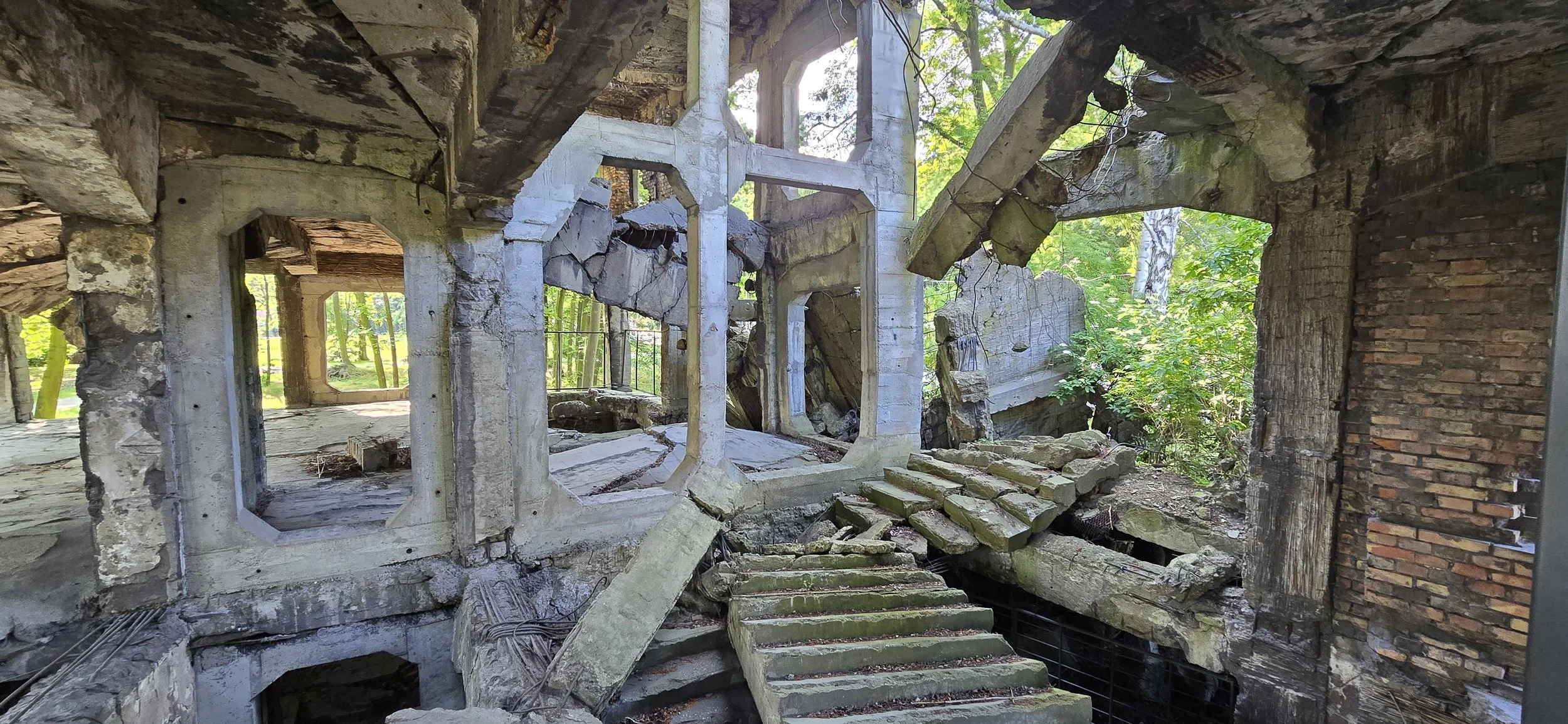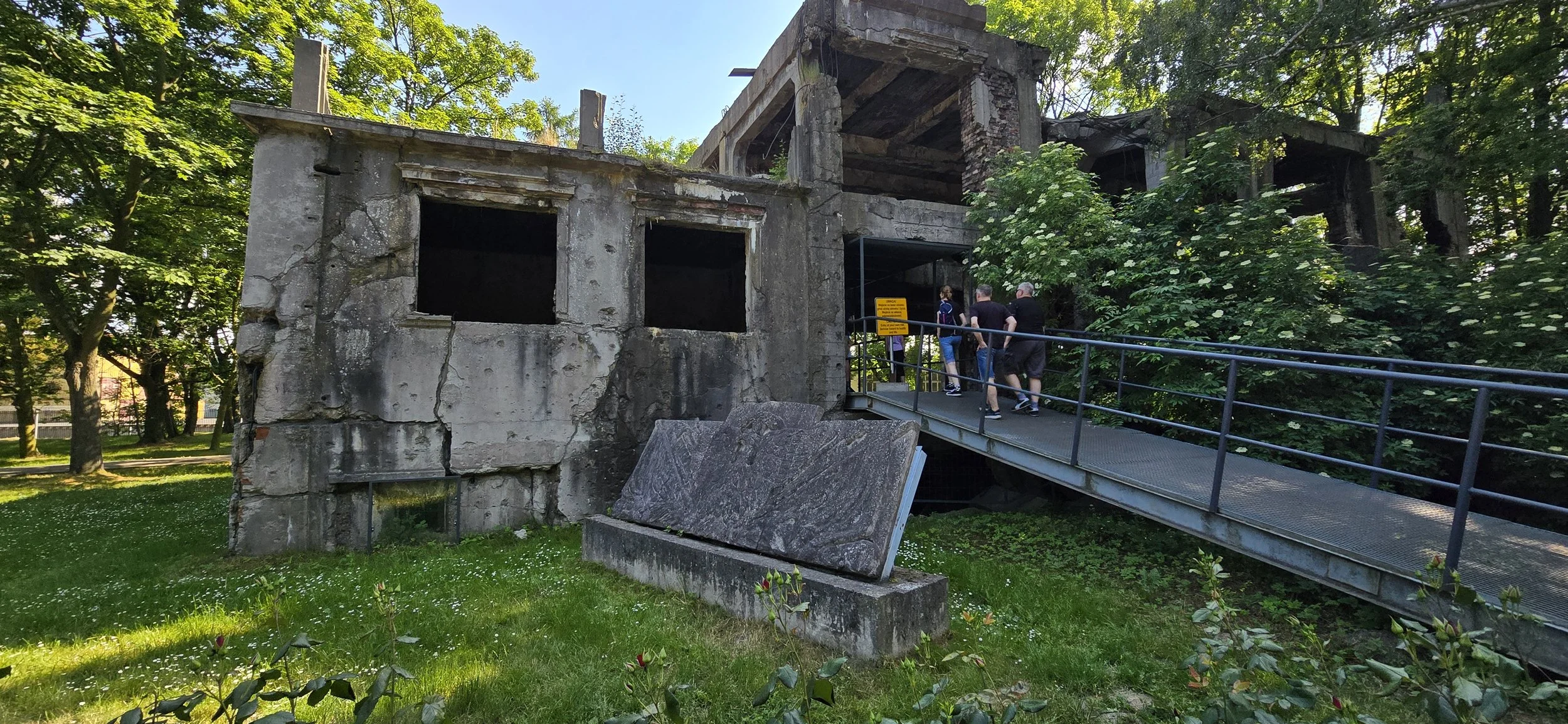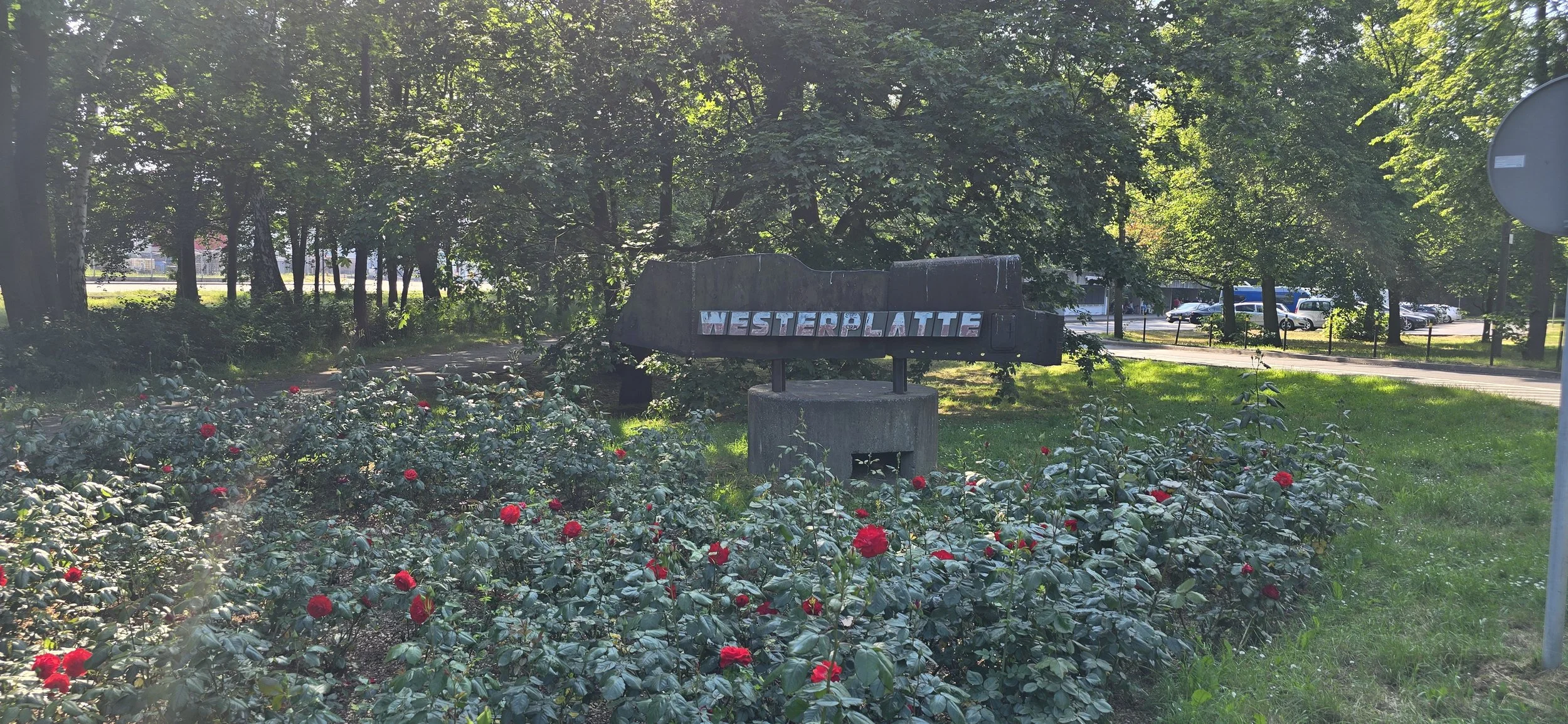04:45 hrs
01.09.1939
WESTERPLATTE
Gdansk's picturesque Westerplatte peninsula has the unhappy distinction of being the site of the official start of the Second World War. A small forested island separated from Gdansk by the harbour channel, Westerplatte was established as a Polish military outpost during the interwar period, equipped with one 75mm field gun, two 37mm antitank guns (slightly mystifying for a coastal defense), four mortars and several medium machine guns, but lacking any true fortifications. By the autumn of 1939, the Polish garrison occupying Westerplatte comprised of 182 soldiers expected to withstand a potential attack for twelve hours. The Brave defenders actually held out for 7 days!
In late August, 1939, under the suspect pretense of an amiable courtesy visit, the German battleship Schleswig-Holstein dropped anchor in the channel off Westerplatte and on September 1, at exactly 04:45 local time, began it's barrage of the Polish outpost with its superior 280 and 150mm guns. Thus began Germany's invasion of Poland, igniting the powderkeg that would explode into World War II.
Expecting an easy victory, the German offensive was sternly repelled by Polish small arms and machine gun fire, and suffered unexpected losses during two more assaults upon Westerplatte the same day. The only Polish 75mm gun was destroyed after discharging 28 shells into the German position across the channel. Despite a German naval infantry invasion, sustained bombardment by heavy artillery and diving air raids from German warplanes, the Polish garrison repulsed the Germans for seven days, before the depleted unit, suffering from exhaustion, severe injury and a shortage of food, water, ammunition and medical supplies, were forced back to further defensive positions until their eventual surrender on September 7th.
Over the course of the violent engagement some 2,600 German soldiers fought against the 182-strong garrison of stalwart Poles. The exact number of German casualties has never been disclosed, but is assumed to be quite high in comparison to the Polish figures - of the 182 Polish soldiers defending the outpost, only 14 perished (including the Polish radio operator, later executed for refusing to divulge radio codes to the German side) while 53 were wounded.
Today the ruins of the barracks and two blockhouses - the only structures on the island - still remain. One of the blockhouses has been converted into a museum commemorating the battle and those who fought there, with two shells from the Schleswig-Holstein ironically propping the entrance. A placid 25m tall stone monument now marks the site of this infamous exchange that preceded the levelling of Gdansk's Old Town and sparked a worldwide conflict that would result in immeasurable suffering.
Westerplatte Photos
June 2024
Click on image for larger picture
